Safety Standards in Plastic Toy Production for Children
Global Regulatory Frameworks for Plastic Toy Safety
The international plastic toy ecosystem works within four major safety models, determining chemical, physical, and mechanical expectations. With a multi-tier compliance landscape including EU Toy Safety Directive and ASTM F963 (USA), ISO 8124 (international) and the UK Toys Regulations, 250 million children across key markets are safeguarded. Variations in local enforcement's strength and scope make local adaptation strategies necessary.
EU Toy Safety Directive 2009/48/EC Requirements
This framework mandates <2 ppm lead content in surface coatings and bans 55 allergenic fragrances. Recent updates (revised in April 2025) introduced stricter limits on endocrine-disrupting phthalates, requiring full chemical migration testing through EN-71-3 protocols. Manufacturers must conduct bi-annual flammability evaluations under standardized EN-71-2 test conditions.
ASTM F963 Standard Compliance for US Markets
As mandated by CPSC regulations, ASTM F963 requires choke-test cylinders for toys targeting under-3 demographics and torque resistance 7.5 N·m for protruding components. The 2023 revision introduced nanoparticle migration analysis, aligning with California's Proposition 65 heavy metal restrictions.
ISO 8124 International Safety Benchmarking
This standard bridges regional differences by harmonizing tensile strength thresholds (≥25 MPa for structural components) and mandating UV-accelerated aging tests equivalent to 36 months’ exposure. Over 78% of Asian manufacturers now use ISO 8124-4’s acoustic safety parameters despite local regulations remaining less stringent.
Enforcement Under UK Toys Regulations 2011
The UK Toys Regulations 2011 mandate third-party conformity assessments through UKCA-approved bodies for magnetic components exceeding 50 kA/m flux density. Post-Brexit updates require separate technical documentation from EU CE markings, with Trading Standards conducting 14,000 annual market surveillance inspections since 2022.
Chemical Safety Protocols in Plastic Toy Manufacturing
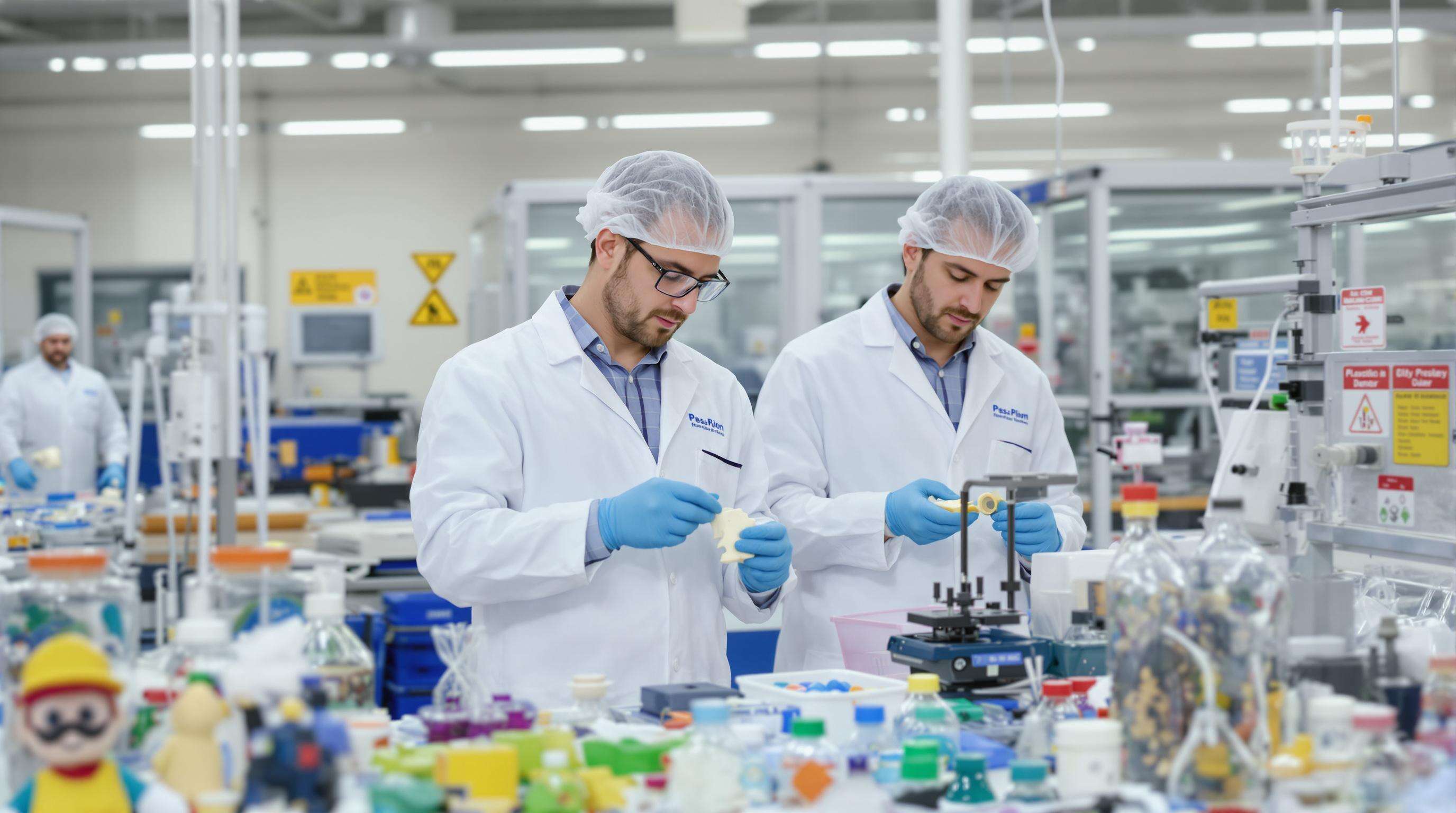
Plastic toy manufacturers must implement rigorous chemical safety protocols to meet global regulations protecting children from hazardous substances. These protocols address heavy metal contamination, phthalate exposure, and banned chemical compounds while promoting safer material alternatives.
Heavy Metal Limits for Lead and Cadmium
In the EU, the requirements regarding lead (13.5 ppm) and cadmium (17 ppm) in accessible components from toys are strict according to the EU Toy Safety Directive 2009/48/EC. U.S. markets use ASTM F963 standards which have a 100 ppm cap on lead in surface coatings. OIML D 34-2: (2020) provides the international migration limits of saliva- and sweat-simulation tests. The latest revision of the EU directive obliges third-party inspection for toys imported from abroad under new enforcement regulations (EU Commission 2025).
Phthalates Regulations Across Major Markets
| Region | Restricted Phthalates | Concentration Limit |
|---|---|---|
| EU | DEHP, DBP, BBP, DIBP | ≥ 0.1% (combined) |
| U.S. (CPSIA) | DEHP, DBP, BBP | ≥ 0.1% (each) |
| California | DEHP | ≥ 0.06% (Prop 65) |
These endocrine-disrupting chemicals remain prohibited in gripable toy parts like teethers and rattles.
Banned Substances Under Global RSL Directives
Global Restricted Substances Lists (RSLs) prohibit:
- Bisphenol A (BPA): Banned in EU food-contact toys under Regulation (EU) 2018/213
- Formaldehyde: Limited to 0.1% in polymeric materials under China’s GB 6675-2014
- PAHs (Polycyclic Aromatic Hydrocarbons): Restricted to 1 mg/kg in Germany’s GS Mark certification
The EU’s REACH regulation requires manufacturers to disclose 84 high-priority chemicals through SCIP database submissions.
Non-Toxic Material Alternatives: ABS vs HDPE
| Property | ABS (Acrylonitrile Butadiene Styrene) | HDPE (High-Density Polyethylene) |
|---|---|---|
| Impact Resistance | Excellent | Moderate |
| Chemical Resistance | Weak against acetone | High |
| Regulatory Compliance | Passes EN 71-3 heavy metal tests | Exempt from phthalate regulations |
ABS dominates construction sets due to precision molding capabilities, while HDPE serves in outdoor playsets for UV stability. Both materials achieve compliance when formulated without halogenated flame retardants.
Physical Risk Mitigation in Plastic Toy Design
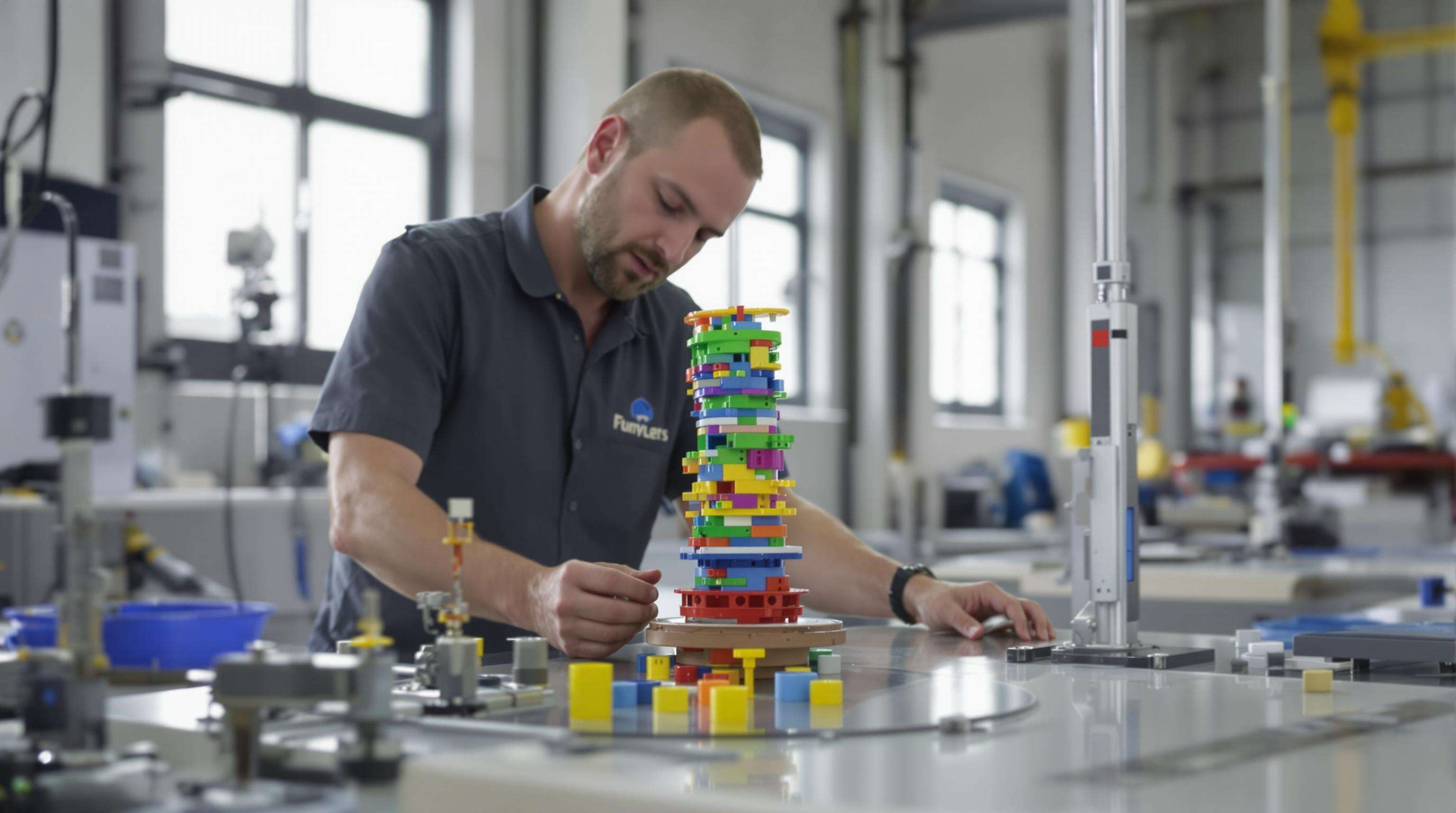
Choking Hazard Prevention Through EN-71 Testing
École Nationale de Commerce Logistique et Transports standard: Requirement for toy products for children under 36 months —Chemical labellingEN-71 standard of the European Union that includes the safety of toys and specifies a broad range of tests to ensure that toys are of consistent quality and safety. Parts are tested to see if they are small enough to pose a choking hazard by being placed into a cylinder test gauge of 31.7 mm, the approximate diameter of a toilet paper roll. This size limit means that any removable part must be larger that this limit, or else it be built into the design. More than 85% of recalls in 2023 were due to not meeting these dimensional requirements, highlighting the importance of accurate prototyping and age-group validation.
Mechanical Durability Standards for Age Groups
Durability requirements increase with target age of use. ASTM F963-23 outlines acceptable levels of impact resistance, stipulating that toys for 3—5-year-olds should be able to endure 4.5 kg of static force without breaking and those for 6+ years must withstand 7 kg tolerance. High-stress parts, such as wheels or hinges, are subjected to 10,000-cycle fatigue tests to simulate real-world use. Battery doors on electronic toys need a tool to open for kids younger than 8 years, according to CPSC guidelines (2024). Material choice is crucial— ABS plastic prevails in structural components for its 40 MPa tensile strength (versus HDPE's 28 MPa), trading off safety with functional durability.
Testing Procedures for Plastic Toy Safety Verification
Migration Analysis for Chemical Leaching
Some of the sensitive testing methods for the determination of the safety of plastic toys start with migration analysis to investigate possibilities of chemical leaching. Under laboratory conditions which simulate the real world the toy materials are submerged into artificial saliva and sweat solutions and the level of migration of heavy metals is determined, compared to the limits of the EU Toy Safety Directive. A report released by the Toy Safety Consortium in 2023 discovered that it plant that would exceed lead limits, unless they added certain kinds of stabilization additives. Test methods adhere to ISO 8124-3 standards for measuring 19 of the restricted chemicals, including cadmium (<75 ppm), and Barium (<1000 ppm). Producers must also verify these limits for leach rates under extended use conditions over the temperature range of -10°C to 60°C.
Accelerated Aging Simulations for Material Integrity
Plastic components undergo accelerated aging tests simulating 5-10 years of use through repetitive stress cycles. Key evaluation parameters include:
- 500-hour UV exposure to test colorfastness and brittleness
- 1,000 compression cycles for articulated joints and snap-fit connections
- Thermal shock testing between -20°C and +70°C environments
ASTM F963-23 mandates that materials maintain structural integrity after 30 days of humidity chamber testing at 85% relative humidity. Recent advancements employ predictive algorithms that correlate 6-week lab simulations with decade-long degradation patterns, achieving 93% accuracy in failure point forecasting according to 2024 polymer research data.
Third-Party Certification Process Walkthrough
The certification journey involves three-phase validation through accredited third-party laboratories operating under ISO/IEC 17025 guidelines. A typical workflow includes:
- Sample Preparation: Submission of 12 identical production samples from three manufacturing batches
- Destructive Testing: Torque tests on screws (minimum 0.34 Nm), pull tests for attachments (50N force)
- Documentation Review: Traceability of all polymer resins to ISO 1043-1 material codes
Certification bodies like TÃV Rheinland require quarterly facility audits and randomized market surveillance testing, with non-compliance triggering immediate EN-71 test regimen updates. Successful certification reduces recall risks by 68% compared to self-declared compliance (Global Safety Standards Index 2023).
Supply Chain Compliance Challenges for Plastic Toys
Case Study: Regulatory Failures in 2007 Lead Recalls
The lead contamination crisis in 2007 — which targeted 21 million recalled toys — revealed crucial supply chain oversight gaps. One Chinese subcontractor saved money by choosing to use lead-based paint, causing top brands to pay $110 million for returns (CPSC 2008), resulting in CPSIA lawsuits. The incident illustrated how unregulated subcontracting layers and slack checks on materials can compromise compliance through entire production networks.
The Paradox of Recycled Materials vs. Purity Standards
Though 78% of manufacturers’ desire to utilize recycled plastics is driven by sustainable considerations, material purity demands often conflict with recycling logistical realities. The US’s ASTM F963-17 and EU’s REACH Annex XVII prohibit for example toxicants, including brominated flame retardants — substances that often pollute post-consumer plastic streams. Recycling systems do not typically remove all traces of contaminants like heavy metals, and traced amounts of cadmium in 19 percent of recycled plastic toys shipped to Ohio in 2023 led regulators there to reject those shipments, prompting manufacturers to decide between eco-goals and regulatory approval.
Industry Adaptations to Changing Global Requirements
Progressive suppliers now implement:
- Blockchain-based raw material tracking from resin pellets to final products
- XRF (X-Ray Fluorescence) scanners at factory gates to detect heavy metals
- Pre-compliance labs simulating EU’s EN 71-3 migration tests during product development
Third-party certifications like ICTI Ethical Toy Program adoption grew 40% since 2020, as brands seek to future-proof against evolving regulations like California’s AB 2991 phthalate limits (effective 2025). These measures address the $740M/year cost of compliance failures (Ponemon 2023) while balancing sustainability commitments.
Emerging Safety Innovations for Plastic Toys
Biopolymer Material Adoption Trends
The worldwide trend towards eco-friendly production has taken biopolymers to new heights, witnessing an annual increase of +23% in toy production (Material Innovation Initiative, 2024). Other plant-based plastics, such as polylactic acid (PLA) from corn starch, now meet ASTM D6400 compostability standards, and also stand up to the rigors as traditional ABS. Major manufacturers are now remaking building blocks and figurines from sugarcane ethanol blends that reduce their fossil fuel dependence by 40—60 percent per unit.
A key driver is the EU’s revised Toy Safety Regulation, which prioritizes bio-based materials meeting EN 71-3 heavy metal thresholds. Production innovations include algae-derived polymers for bath toys and mycelium composites for biodegradable puzzles, achieving 98% fewer volatile organic compounds (VOCs) than PVC-based alternatives.
Smart Sensors for Real-Time Hazard Detection
Embedded microsensors now address 52% of preventable toy-related injuries by monitoring risks like:
- Sharp edge exposure via capacitive proximity sensors
- Small part detachment using <5mm acoustic wave detectors
- Overheating in battery-operated toys through thermal arrays
The 2024 Embedded Safety Tech Report shows radio-frequency identification (RFID) tags reduced recall response times by 78% in pilot programs. Pressure-sensitive grips in teething toys now alert caregivers if bite-force exceeds 50 Newtons, while IoT-connected building sets automatically disable motorized components if assembly errors create pinch points.
FAQ Section
What are the major safety regulations for plastic toys globally?
Globally, plastic toys are regulated under frameworks such as the EU Toy Safety Directive 2009/48/EC, ASTM F963 (USA), ISO 8124 (International), and the UK Toys Regulations 2011. These frameworks ensure chemical, physical, and mechanical safety standards are met.
How are chemical safety protocols implemented in toy manufacturing?
Manufacturers implement chemical safety protocols by monitoring heavy metal contamination, phthalate exposure, and banned compounds. Alternative non-toxic materials are used, and rigorous testing is conducted to ensure compliance with global regulations.
Why do toys need accelerated aging simulations?
Accelerated aging simulations are used to evaluate the long-term durability of toy materials, ensuring they maintain integrity under stress conditions. This helps predict failure points and assures safety over extended use periods.
What are smart sensors used for in plastic toys?
Smart sensors in plastic toys are used to detect real-time hazards such as sharp edges, small part detachment, and overheating in battery-operated toys. They help prevent injuries and facilitate faster recall response through monitoring technologies.
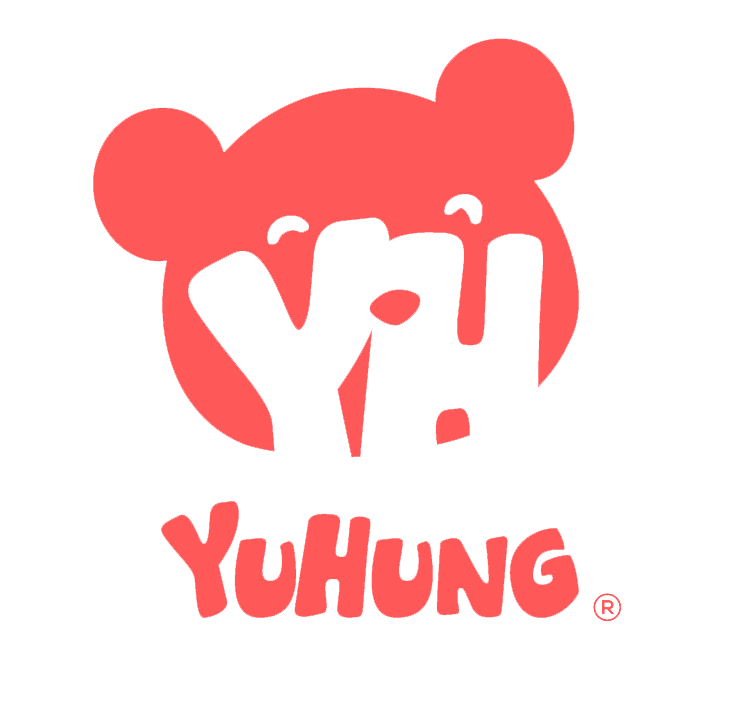
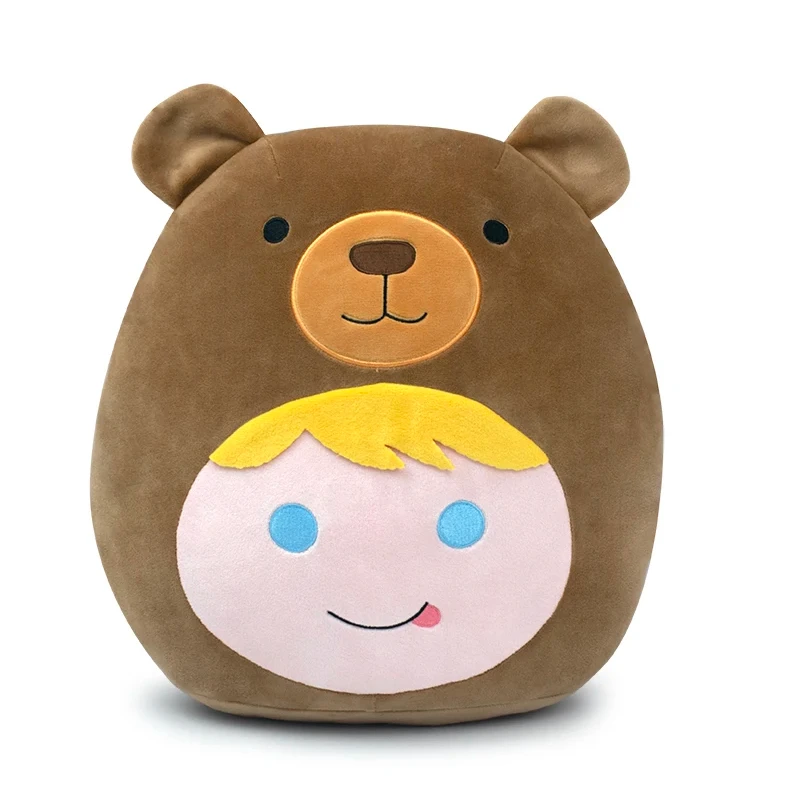
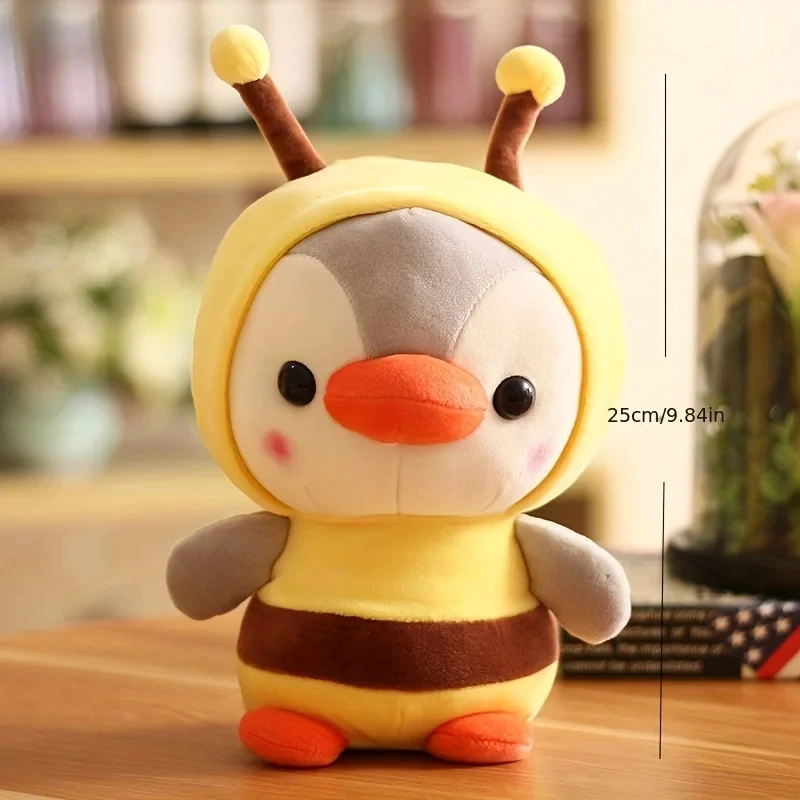




 Hot News
Hot News